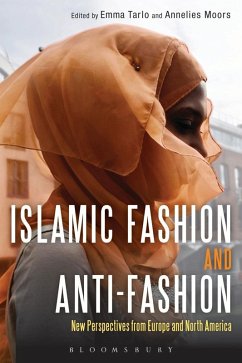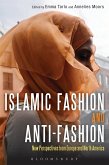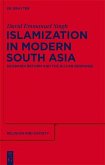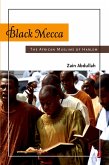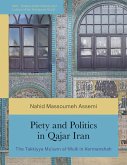Introducing innovative new research from international scholars working on Islamic fashion and its critics, Islamic Fashion and Anti-Fashion provides a global perspective on muslim dress practices. The book takes a broad geographic sweep, bringing together the sartorial experiences of Muslims in locations as diverse as Paris, the Canadian Prairie, Swedish and Italian bath houses and former socialist countries of Eastern Europe.
What new Islamic dress practices and anxieties are emerging in these different locations? How far are they shaped by local circumstances, migration histories, particular religious traditions, multicultural interfaces and transnational links? To what extent do developments in and debates about Islamic dress cut across such local specificities, encouraging new channels of communication and exchange?
With original contributions from the fields of anthropology, fashion studies, media studies, religious studies, history, geography and cultural studies, Islamic Fashion and Anti-Fashion will be of interest to students and scholars working in these fields as well as to general readers interested in the public presence of Islam in Europe and America.
What new Islamic dress practices and anxieties are emerging in these different locations? How far are they shaped by local circumstances, migration histories, particular religious traditions, multicultural interfaces and transnational links? To what extent do developments in and debates about Islamic dress cut across such local specificities, encouraging new channels of communication and exchange?
With original contributions from the fields of anthropology, fashion studies, media studies, religious studies, history, geography and cultural studies, Islamic Fashion and Anti-Fashion will be of interest to students and scholars working in these fields as well as to general readers interested in the public presence of Islam in Europe and America.
A stimulating and provocative collection of articles. Authors in Tarlo and Moors' volume provide new data about Muslim women's dress in several sites. Details highlight the tensions surrounding decisions of what to wear from both wearers' and viewers' perspectives, dispelling stereotypes about what it means to be veiled or covered. Their introduction and its bibliography alone are worth the price of the book. Joanne B. Eicher, Editor-in-Chief, Encyclopedia of World Dress and Fashion

